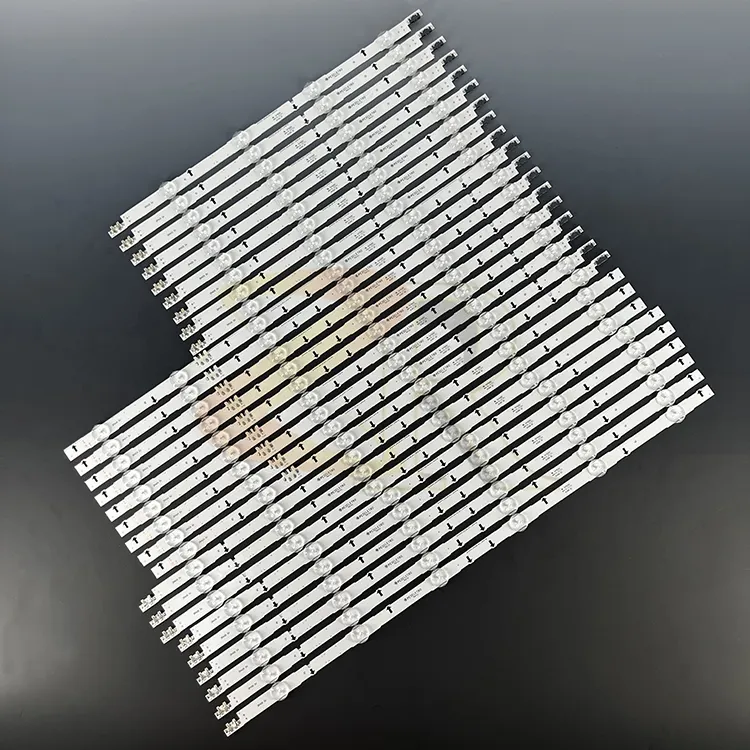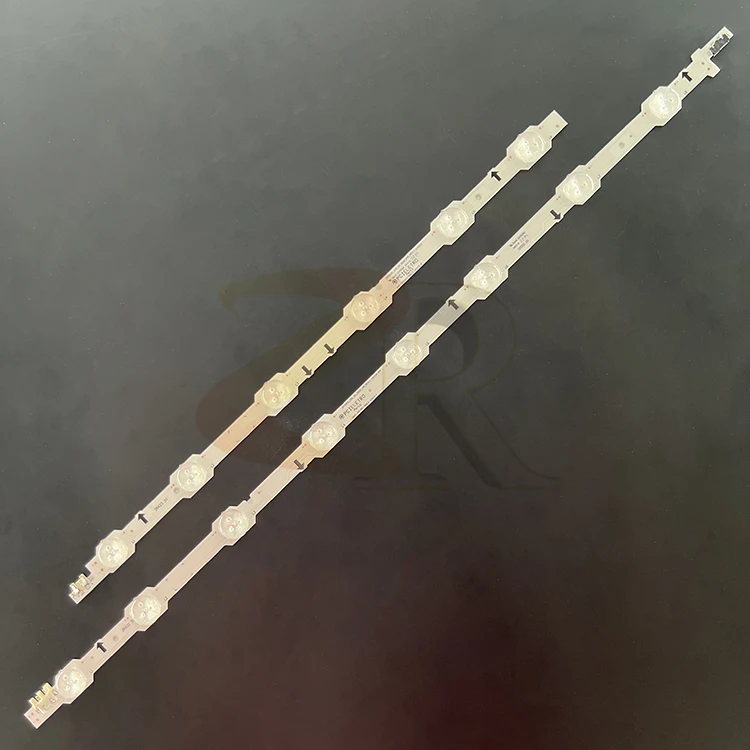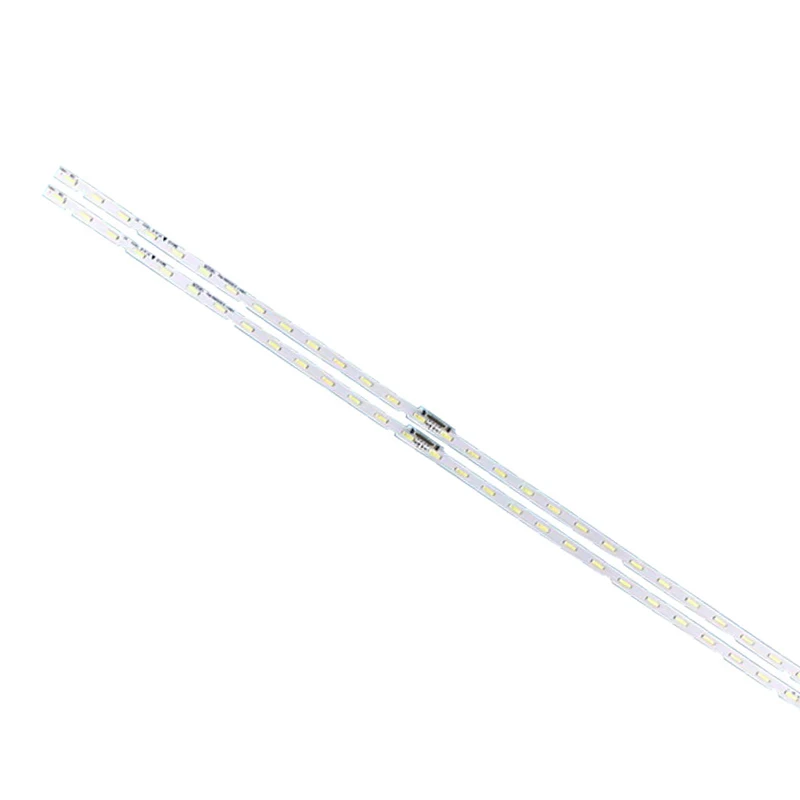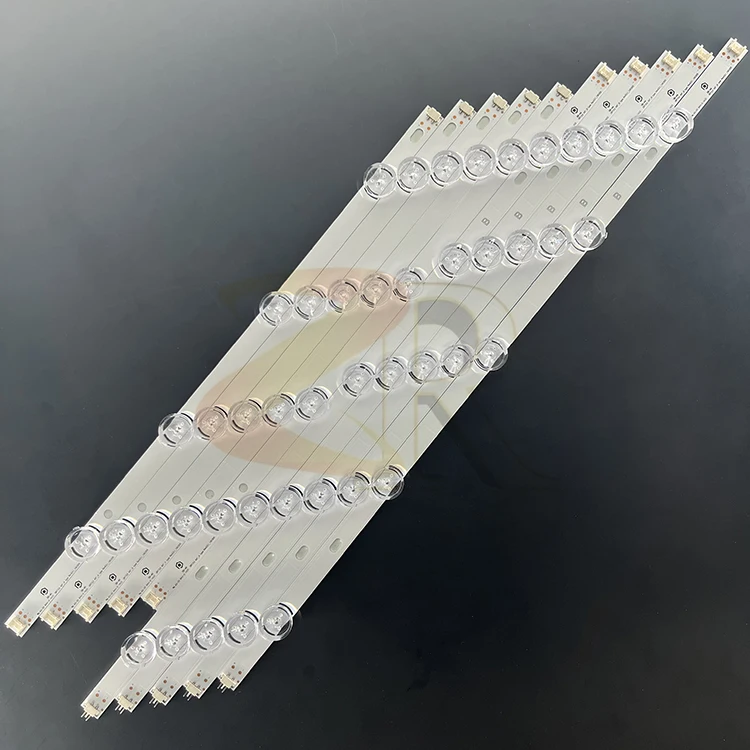In 1845, sainberg, a chemist living in Basel, northwest Switzerland, accidentally encountered the concentrated nitric acid and concentrated nitric acid on the table when doing an experiment at home. He hurriedly picked up his wife‘s cloth apron to wipe the mixed acid on the table. After the fuss, he hung the apron by the stove to dry. Unexpectedly, the apron burst into flames and turned into ashes in an instant. Cybertron returned to the laboratory with this "major discovery" and repeated "accidents". After many experiments, Cybertron finally found the reason: the main component of the original cloth apron was cellulose. It contacted with concentrated nitric acid and concentrated mixture to form nitrocellulose grease, which was the nitrocellulose widely used later. Senber found the plasticity of nitrocellulose, and the things made from it were impermeable. He used it with great interest to make some beautiful rice bowls, cups, bottles and teapots. He appreciated his masterpieces and wrote a letter to his friend Faraday, a scientist, about the unexpected harvest. Unfortunately, Faraday didn‘t care until a photographer appeared. Photographer Alexander parks has many hobbies, and photography is one of them. In the 19th century, people could not buy ready-made photographic films and chemicals as they do today. They had to often make what they needed. So every photographer must also be a chemist.
One of the materials used in photography is "collodion", which is a kind of "nitrocellulose" solution, that is, nitrate cellulose solution in alcohol and ether. At that time, it was used to stick photosensitive chemicals to glass to make an equivalent similar to today‘s photographic film.
In the 1850s, parks looked at different ways to deal with collodion. One day, he tried to mix collodion with. To his surprise, the mixture produced a flexible hard material. Parks called the substance "paxsin", which was early plastic. Parks used "paxsin" to make all kinds of items: combs, pens, buttons and jewelry printing accessories. However, parks was not very business conscious and lost money on his business adventure. In the 20th century, people began to dig for new uses of plastics. Almost all household items can be made of some kind of plastic. Continue to develop parks‘ achievements and make profits from them, which is left to other inventors. John Wesley Hayat, a printer from New York, saw the opportunity in 1868 when a billiard company complained about a shortage of ivory. Hyatt improved the manufacturing process and gave "paxsin" a new name - "Celluloid". He got a ready market from billiards manufacturers and soon made all kinds of products out of plastic. Early plastics were easy to catch fire, which limited the range of products made from them. The plastic that can successfully withstand high temperatures is "bakelite". Leo Baekeland obtained the patent in 1909.
In 1909, Baekeland in the United States began to synthesize phenolic plastics. In the 1930s, nylon came out again. It is known as "a fiber synthesized from coal, air and water, thinner than spider silk, harder than steel and better than silk". Their appearance laid the foundation for the invention and production of various plastics. Due to the development of petrochemical industry in the Second World War, petroleum replaced coal as the raw material of plastics, and the plastic manufacturing industry also developed rapidly.
Plastic is a very light substance. Heating at a very low temperature can make it soft and make things of various shapes at will. Plastic products have bright colors, light weight, no fear of falling, economy and durability. Its advent not only brings many conveniences to people‘s life, but also greatly promotes the development of industry.
However, the invention of plastics is less than 100 years old. If people were ecstatic about their birth at that time, they have to take great pains to deal with these things that are full of life and pose a great threat to the human living environment.
Plastic is a chemical petroleum product extracted from petroleum or coal. Once produced, it is difficult to degrade naturally. Plastic will not decay and degrade in the underground for 200 years. A large number of plastic wastes will be buried underground, which will destroy the permeability of the soil, harden the soil and affect the growth of plants. If livestock eat plastics mixed with feed or left in the wild by mistake, they will also die due to digestive tract obstruction.
At present, the annual output of plastics in China is 3 million tons and the consumption is more than 6 million tons. The annual output of all plastics is 100 million tons. If calculated by 15% of the annual plastic waste, the annual plastic waste is 15 million tons. China‘s annual plastic waste is more than 1 million tons, and the proportion of waste plastics in garbage accounts for 40%. Such a large number of waste plastics are buried underground as garbage, which undoubtedly brings greater pressure to the arable land that is already lacking.
Plastic not only brings convenience to people‘s life, but also brings future troubles to the environment. People call the disaster brought by plastic to the environment "white pollution". At present, many countries adopt incineration (thermal energy regeneration) or reprocessing (product regeneration) to deal with waste plastics. These two methods make waste plastics recycled and achieve the purpose of saving resources. However, because waste plastics will produce harmful gases to human body and pollute the environment during incineration or reprocessing, it can be said that the treatment of waste plastics is still a headache in environmental protection.
The general office of the State Council issued the notice on restricting the production and sale of plastic shopping bags, which requires that all supermarkets, shopping malls, market fairs and other commodity retail places implement the paid use system of plastic shopping bags and shall not provide plastic shopping bags free of charge. In addition, passenger trains, passenger ships, passenger cars, planes, stations, airports and scenic spots are not allowed to provide passengers and tourists with ultra-thin plastic shopping bags (packaging bags). Plastic shopping bags must be clearly priced and collected separately. The notice stipulates that commodity retail places shall not provide free of charge or collect plastic shopping bags included in the total price of commodities. At the same time, relevant departments will formulate specific management measures for the paid use of plastic shopping bags in commodity retail places, and gradually form a market environment for the paid use of plastic shopping bags.
The notice advocates carrying cloth bags and vegetable baskets again, reusing durable shopping bags and reducing the use of plastic bags. At the same time, enterprises should also simplify commodity packaging and choose more green and environmentally friendly packaging bags. The notice also encourages enterprises and social forces to provide reusable shopping bags such as cloth bags for the masses free of charge. The production and sale of ultra-thin plastic bags are prohibited throughout the country. From June 1, 2008, a tax policy to curb waste plastic pollution will be formulated. The production, sale and use of plastic shopping bags (ultra-thin plastic shopping bags) with a thickness of less than 0.025 mm will also be prohibited throughout the country. Major shopping malls across the country will implement paid use of plastic bags, and customers must pay for plastic bags, so as to stop the proliferation of plastic bags.

 EN
EN
 AR
AR
 BG
BG
 HR
HR
 CS
CS
 DA
DA
 NL
NL
 FI
FI
 FR
FR
 DE
DE
 EL
EL
 HI
HI
 IT
IT
 JA
JA
 KO
KO
 NO
NO
 PL
PL
 PT
PT
 RO
RO
 RU
RU
 ES
ES
 SV
SV
 TL
TL
 IW
IW
 ID
ID
 LV
LV
 LT
LT
 SR
SR
 SL
SL
 UK
UK
 VI
VI
 SQ
SQ
 ET
ET
 HU
HU
 TR
TR
 GA
GA
 KA
KA
 BN
BN
 NE
NE
 KK
KK













